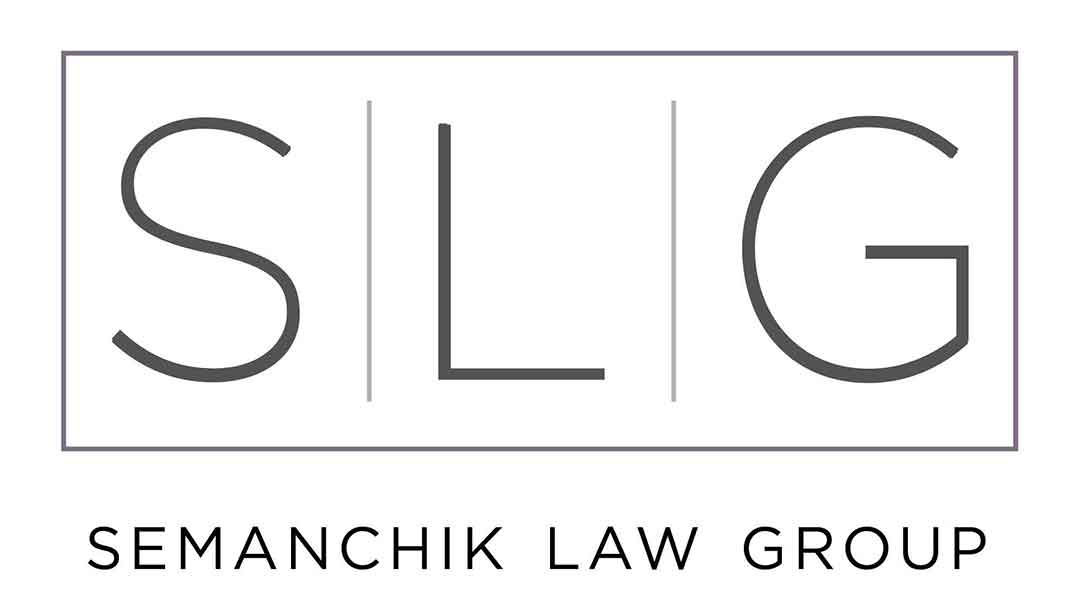Expediting Disaster Relief Nonprofit Setup to Respond to a Crisis
When tragedy strikes, it is human nature to want to help out in any way possible. Quite often, the best way to provide support to those in need is through dedicated disaster relief nonprofits. However, forming a new tax-exempt 501(c)(3) organization can take up to a year – and crisis-stricken people can rarely wait that long for assistance.
Fortunately, it is often possible to expedite the setup of disaster relief nonprofits using the following techniques:
Partnering with an Existing Nonprofit
The quickest and most straightforward way for a group to raise money and respond to a crisis without facing a hefty tax bill is to team up with an existing nonprofit. Ideally, the other 501(c)(3) organization should share their goals and already be working on similar projects.
To formalize such a partnership, the existing charity would not need to send any documents to the government or pay any fees. They can just add the new mission to their operating plan and get to work.
Using this setup technique can potentially turn a one-year process into a one-day process.
Requesting Expedited Processing from the IRS
Groups who want to respond to a crisis in a hurry, but do not wish to partner with an existing charity, can request an expedited review from the IRS for disaster relief reasons. They can do so by having their San Diego nonprofit attorney send a written statement alongside their Form 1023 application that includes the following information:
- A detailed description of the disaster
- An overview of the needs of the impacted people
- A detailed description of how they intend to help
Such a group may be able to improve their chances of receiving an expedited review if they can also show that they have a pending grant or major fundraiser that is dependent on them having tax-exempt status.
If the IRS chooses to grant an expedited review, their approval letter can be in the mail in as little as a few weeks.
Entering a Fiscal Sponsorship Agreement with an Existing Nonprofit
Groups who wish to find a middle ground between the first two options may wish to consider entering into a fiscal sponsorship agreement with an existing 501(c)(3) organization. Such an arrangement would give them the ability to form a tax-exempt entity of their own and support needy people while they wait for their approval letter.
A fiscal sponsorship agreement makes this possible because it allows the existing nonprofit to formally support the group’s project – thus making it possible for them to raise money without facing a hefty tax bill.
Fiscal sponsorship arrangements are not free, however. Most sponsors retain anywhere between 5 and 20 percent of all monies raised as a fee for their efforts.
Once the group receives their approval letter from the IRS, they can then dissolve the fiscal sponsorship agreement immediately, if they so choose.
Your Trusted San Diego Nonprofit Attorney
We understand the urgency that comes with a disaster relief nonprofit setup. Do you need some help figuring out the best way to get your nonprofit off the ground so you can respond to a crisis? If so, the knowledgeable legal team here at the Semanchik Law Group would be more than happy to point you in the right direction and assist you with the process. Give us a call today at (619) 535-1811 to get started.


